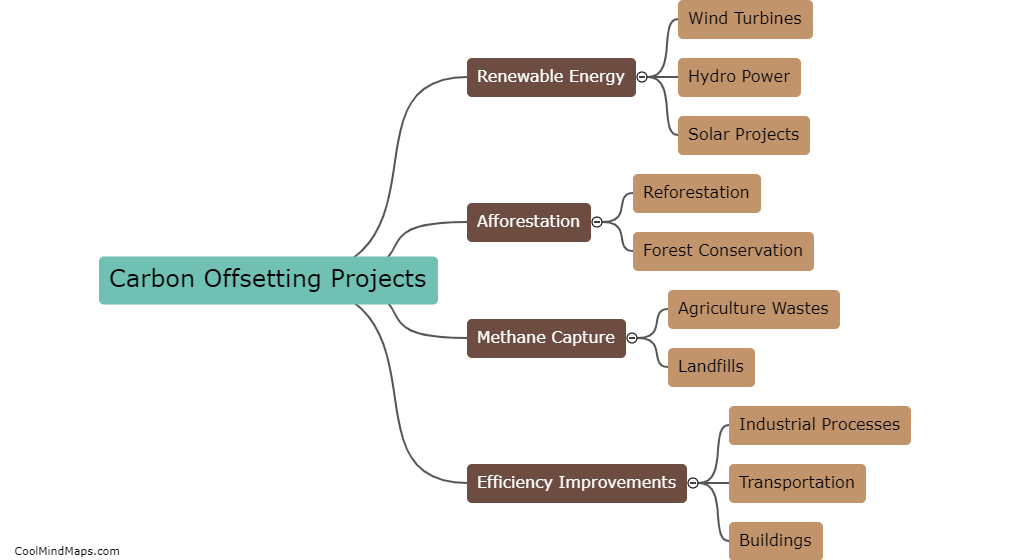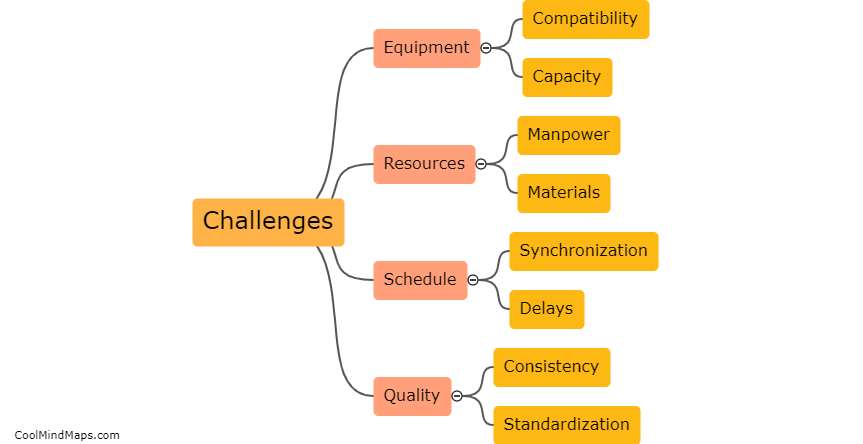How can the success of a parallel run be evaluated?
The success of a parallel run can be evaluated using several key indicators. Firstly, the accuracy and precision of the results obtained from the parallel run can be compared to the results obtained from the original model. If the two sets of results are similar, it indicates that the parallel run was successful in reproducing the same outputs as the original model. Additionally, the efficiency and speed of the parallel run can be assessed by comparing the computational time required for the parallel run with that of the original model. If the parallel run achieves significant time savings without compromising the accuracy of the results, it can be considered successful. Finally, the scalability of the parallel run can be evaluated by increasing the size of the problem and observing how well the parallel run handles the larger workload. If the parallel run demonstrates scalability by efficiently handling larger datasets or more complex computations, it indicates a successful implementation.

This mind map was published on 27 July 2023 and has been viewed 101 times.











